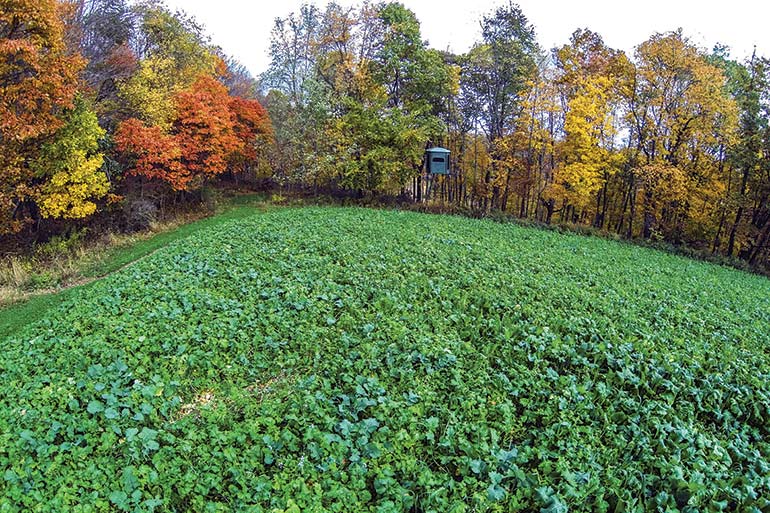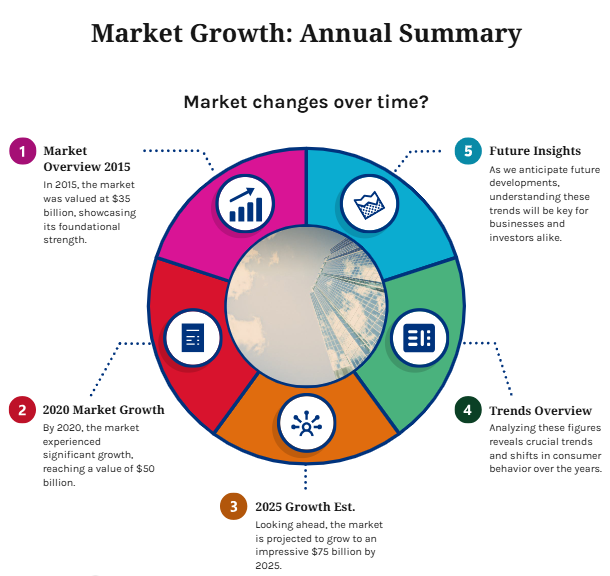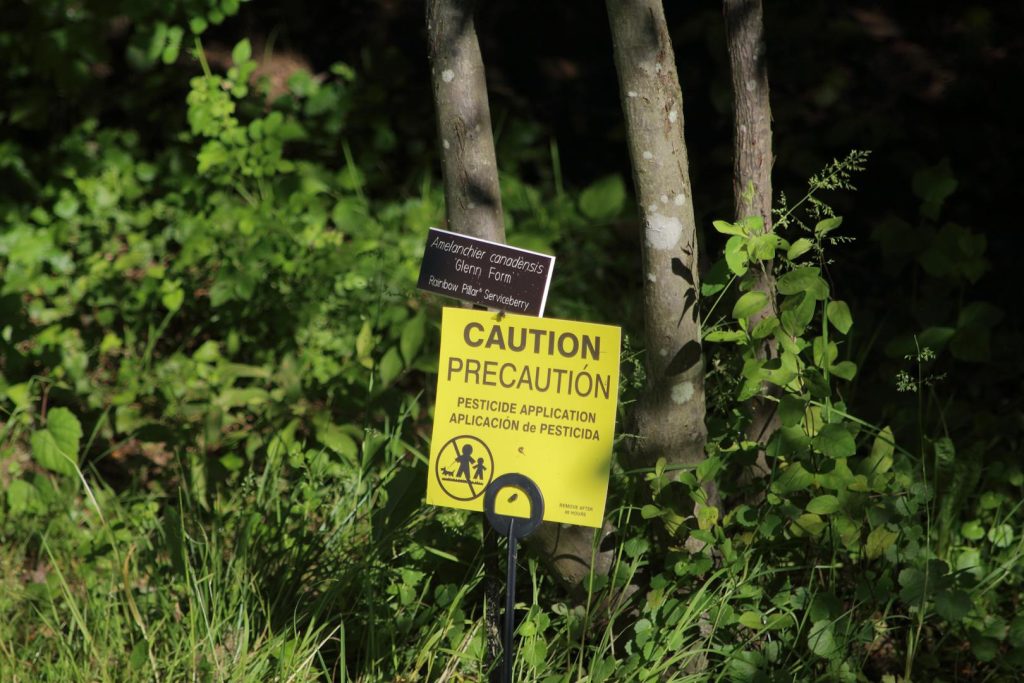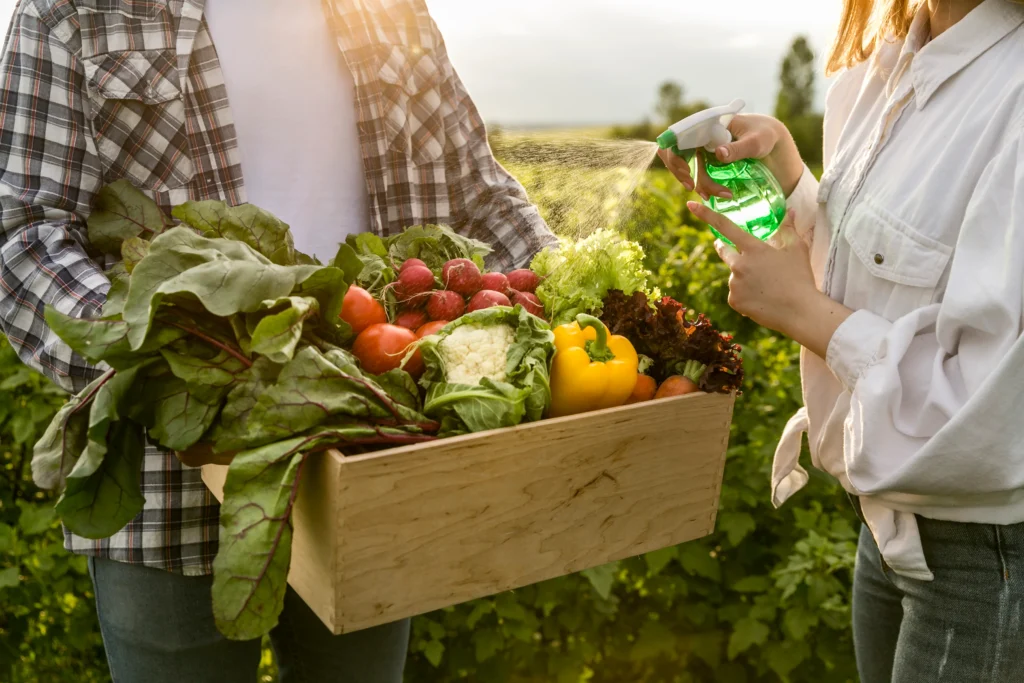Organic farming is all about keeping things natural and sustainable. Farmers use methods like crop rotation, composting, and biological pest control. These practices improve soil and boost biodiversity.
Understanding Organic Farming
Why go organic? Here are a few reasons:
- Better soil quality: Crop rotation and composting enrich the soil.
- Healthier food: Many people choose organic foods for their health benefits.
- Environmental benefits: Organic farming reduces pollution and supports cleaner water.
Think about it this way. If you plant different crops each season (crop rotation), you give the soil a break and keep it fertile. It’s like letting your muscles rest after a workout.
And the best part? organic farming certification standards make sure these products meet strict guidelines. So, when you buy organic, you know you’re getting the real deal.
Choosing organic farming foods can also help you live a healthier life. I remember switching to organic farming veggies a few years ago. Not only did they taste better, but I also felt more energetic.
In short, organic farming is a win-win. It supports a balanced ecosystem and promotes a sustainable future. Plus, it benefits both consumers and the planet.
The good news? You can make a difference by choosing organic. Every little bit helps.
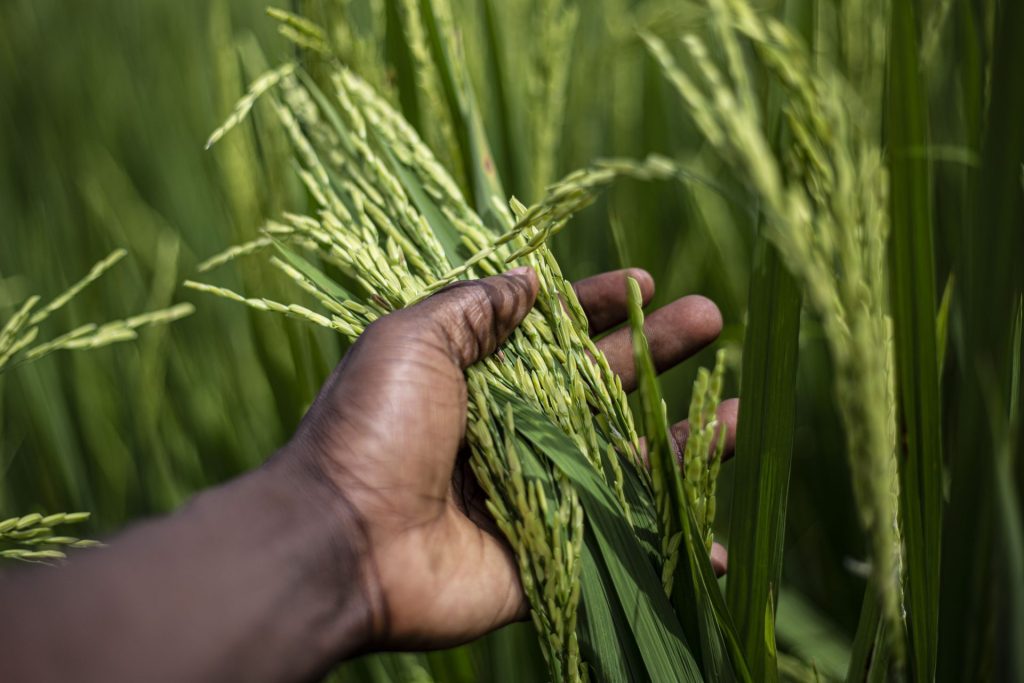
Organic Farming Basics
Ever wondered how food can be grown without synthetic chemicals? That’s where organic farming comes in. It’s all about natural processes and keeping things sustainable. Let’s explore what organic farming is all about.
Core Principles
Organic farming sticks to a few key principles to keep everything healthy and sustainable. Here’s a quick look:
-
Soil Health: Organic farmers focus on keeping the soil healthy. They use compost, green manures, and crop rotations. This helps make the soil rich and fertile.
-
Biodiversity: They grow different types of crops. Why? It helps control pests and keeps the ecosystem stable.
-
No Synthetic Chemicals: Forget about synthetic pesticides and fertilizers. Instead, they use natural alternatives to manage pests and nourish crops.
-
Animal Welfare: Animals are treated well. They get to roam outdoors and are fed organic feed.
-
Sustainability: The goal is to be sustainable. This means reducing pollution, saving water, and using renewable resources.
The good news? These methods not only help the environment but also give us healthy food. Pretty cool, right?
Let’s break it down:
Soil Health: Imagine your garden soil is like a bank. You need to keep adding nutrients to keep it rich. Organic farmers do this by using compost and green manures.
Biodiversity: Think of it like a buffet. Growing a variety of crops is like offering different dishes. It keeps pests in check and makes the ecosystem strong.
No Synthetic Chemicals: Instead of using harsh chemicals, organic farmers use natural ways to protect plants. Kind of like choosing natural remedies over medicines.
Animal Welfare: Animals on organic farms live better lives. They get fresh air and organic feed. It’s like giving your pet the best care possible.
Sustainability: Organic farming aims to be kind to the planet. They focus on reducing waste, saving water, and using renewable energy.
So, next time you see organic food, remember it’s not just about what’s on your plate. It’s about taking care of our planet too.
Here’s a table summarizing the core principles:
| Principle | Description |
|---|---|
| Soil Health | Use of compost, green manures, and crop rotations |
| Biodiversity | Growing a variety of crops for pest control and ecosystem stability |
| No Synthetic Chemicals | Avoiding synthetic pesticides, herbicides, and fertilizers |
| Animal Welfare | Raising animals in humane conditions with organic feed |
| Sustainability | Focusing on reducing pollution and conserving resources |
Benefits Of Organic Methods
let’s chat about something important: organic farming. It’s got some real perks for both our health and the environment. Curious to know more? Let’s dive in.
Why Organic Food is Healthier
Organic food skips the synthetic chemicals. No pesticides, no herbicides. Just pure, clean food. The result? Fewer chemical residues on what you eat.
Protecting Our Environment
Organic farming is kinder to the planet. It cuts down on pollution and saves water. Plus, it helps protect our natural resources and supports biodiversity.
Better Taste
Ever noticed how organic fruits and veggies taste better? Many people think so. The natural growth processes and absence of chemicals really let the flavors shine.
Animal Welfare
When it comes to animals, organic farming does it right. Animals get more space, access to the outdoors, and eat organic diets. It’s a better life for them.
Supporting Farmers
By choosing organic food, you’re supporting farmers who use sustainable practices. This means a healthier food system and fairer wages for those who grow our food.
The good news? Organic farming benefits everyone. So next time you’re shopping, think about going organic. It’s a small choice that makes a big difference.
Here’s a table summarizing the benefits:
| Benefit | Description |
|---|---|
| Healthier Food | Free from synthetic chemicals |
| Environmental Protection | Reduces pollution and conserves water |
| Better Taste | Enhanced flavor from natural growth processes |
| Animal Welfare | Better treatment and organic diets for animals |
| Support for Farmers | Promotes sustainable practices and fair wages |
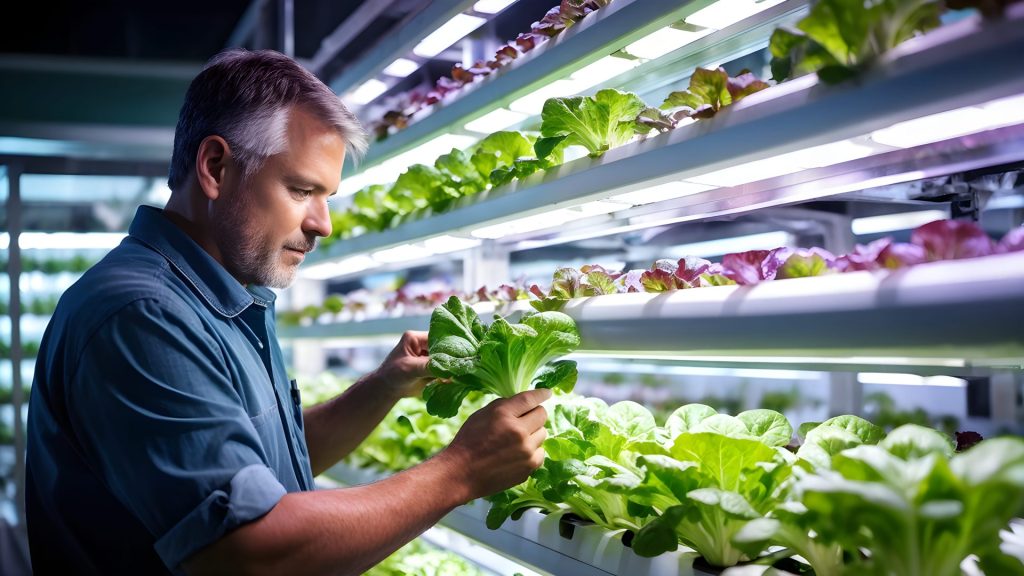
Soil Health
Organic food isn’t just about what we eat. It’s about how it’s grown. One of the most important things? Soil health. Good soil is the backbone of organic farming. It gives plants the nutrients they need and helps maintain a sustainable ecosystem.
The Importance of Soil Quality
Healthy soil is a game changer for growing organic food. Why? Because it’s packed with nutrients, holds water well, and supports plant health. Let’s break it down:
-
Nutrient-Rich Crops: Good soil means more nutritious fruits and veggies.
-
Better Water Retention: Healthy soil keeps moisture, helping plants during dry times.
-
Improved Plant Health: Plants in good soil are stronger and resist diseases and pests better.
-
Environmental Sustainability: Quality soil supports a diverse ecosystem, including helpful insects and microorganisms.
Organic farmers don’t use synthetic chemicals. Instead, they rely on natural methods to keep the soil healthy and productive.
Techniques for Enriching Soil
So, how do organic farmers keep their soil in top shape? They use several techniques:
-
Composting: Adding compost made from decomposed leaves, food scraps, and manure enriches the soil.
-
Cover Cropping: Planting cover crops like clover or rye helps prevent erosion and adds organic matter when they break down.
-
Crop Rotation: Changing the crops grown each season keeps the soil balanced and prevents nutrient depletion.
-
Green Manure: Growing crops specifically to be turned into the soil adds nutrients and organic matter.
-
Mulching: Covering the soil with mulch helps retain moisture, reduce weeds, and adds organic matter as it decomposes.
These methods keep the soil fertile and healthy. By sticking to natural techniques, organic farmers create a sustainable and productive environment for their crops.

Seeds And Planting
Let’s talk about organic food. It’s grown naturally, without any synthetic chemicals. The whole process starts with seeds and planting. These steps are super important to make sure the plants stay healthy and chemical-free. Ready to dive in?
Selecting Organic Seeds
Picking the right seeds is the first big step. Organic seeds aren’t genetically modified or treated with synthetic stuff. They help plants grow naturally and healthily.
Here’s what to look for when choosing organic seeds:
-
Certified Organic: Look for certification labels like USDA Organic.
-
Heirloom Varieties: Traditional seeds passed down through generations.
-
Disease Resistance: Seeds that resist pests and diseases.
-
Climate Suitability: Make sure the seeds suit your local climate.
Certified organic seeds meet strict standards. Heirloom varieties? They offer amazing flavors and nutrition. Disease-resistant seeds? They cut down on the need for pest control. And if the seeds match your climate, the plants will thrive. Simple as that!
Getting your plants off to a good start is really important, especially in organic farming. Here are some tips that can help:
-
Soil Preparation: Use compost and natural fertilizers to make your soil rich.
-
Seed Spacing: Give each plant enough space. This stops them from fighting over nutrients.
-
Watering: Water your plants often, but not too much. Too much water can cause root rot.
-
Mulching: Use organic mulch. It keeps the soil moist and keeps weeds away.
Let’s break it down:
Soil preparation is like giving your plants a good breakfast. They get all the nutrients they need to grow strong. Seed spacing? Think of it like giving each person at the dinner table their own plate. Everyone gets enough food.
And watering? You want to keep your plants hydrated, just like you need water to stay healthy. But don’t drown them! Mulching is like putting a blanket over the soil. It keeps everything cozy and stops weeds from taking over.
Organic farmers also use two other tricks:
-
Crop Rotation: Changing the crops grown in a specific area each season. This keeps the soil from getting tired.
-
Cover Cropping: Planting certain crops to cover the soil. It makes the soil healthier and more fertile.
So there you have it. Some simple techniques to help your organic farm thrive. Happy planting!
| Type | Advantages |
|---|---|
| Certified Organic | Meets strict standards, ensures purity |
| Heirloom | Rich in flavor, traditional |
| Disease Resistant | Reduces pest control needs |
| Climate Suitable | Thrives in local environment |
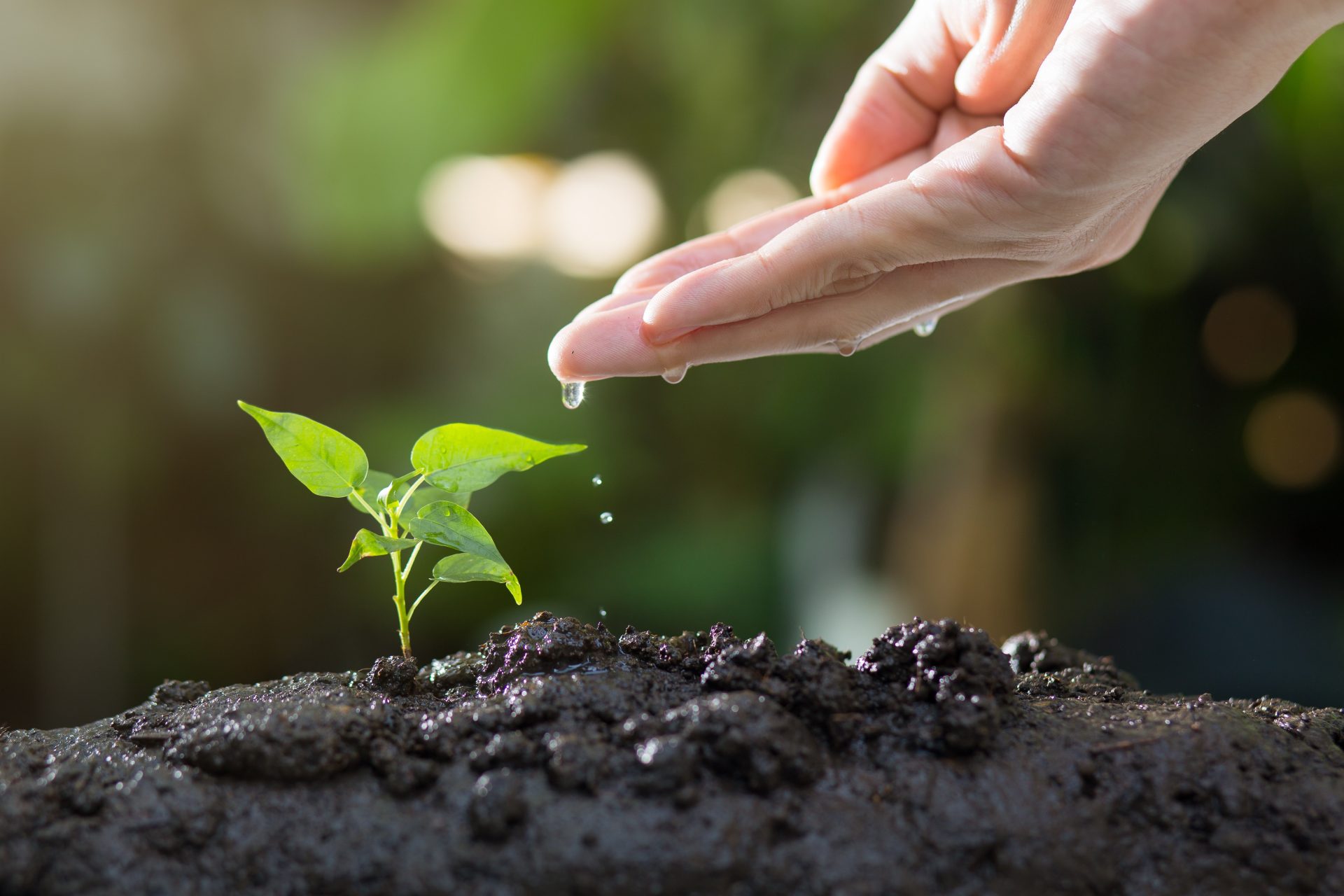
Planting Techniques
Getting planting right is key for organic farming. It helps plants start strong and grow well.
Here are some tips:
-
Soil Preparation: Use compost and natural fertilizers to make the soil rich.
-
Seed Spacing: Give each plant enough space. This way, they won’t fight for nutrients.
-
Watering: Water regularly but don’t overdo it. Too much water can cause root rot.
-
Mulching: Use organic mulch to keep the soil moist and keep weeds away.
Why is this important?
-
Soil preparation gives plants the nutrients they need.
-
Seed spacing ensures each plant has room to grow.
-
Proper watering keeps plants hydrated without harm.
-
Mulching maintains soil health and reduces weeds.
Organic farmers also rotate crops and use cover crops. Why? Rotating crops stops the soil from losing its nutrients because different plants use different nutrients. Cover crops, on the other hand, cover the soil and improve its health and fertility.
Think of it like this: rotating crops is like rotating your diet. Just as eating different foods gives you different vitamins, planting different crops gives the soil different nutrients. Cover crops are like a blanket for the soil, keeping it cozy and healthy.

Crop Rotation
Organic food is grown without synthetic chemicals. One key technique in organic farming is crop rotation. But what exactly is crop rotation? It’s simply changing the types of crops grown in a particular field from one season to the next. And guess what? This method keeps the soil healthy and helps manage pests and diseases.
Benefits of Rotation
So, why should farmers bother with crop rotation? Here are some great reasons:
-
Improves soil health: Different crops add different nutrients to the soil. This keeps the soil rich and fertile.
-
Reduces pests: Pests that enjoy one type of crop won’t find food if a different crop is planted next season. Pest numbers stay low.
-
Prevents diseases: Soil diseases that affect one crop often don’t affect another. Rotating crops breaks the disease cycle.
-
Increases yields: Healthy soil and fewer pests and diseases lead to better crop growth and higher yields.
Common Practices
What do farmers actually do in crop rotation? They follow some common practices:
-
Legumes: Farmers plant legumes like beans and peas. These plants add nitrogen to the soil, which is crucial for other crops.
-
Cover crops: These crops aren’t for harvest. They cover the soil, prevent erosion, and add organic matter to the soil.
-
Root crops: Plants like carrots and beets help break up the soil and improve its structure.
-
Leafy greens: Crops like lettuce and spinach grow quickly, control weeds, and add organic matter to the soil.
| Crop Type | Benefit |
|---|---|
| Legumes | Add nitrogen to soil |
| Cover Crops | Prevent erosion, add organic matter |
| Root Crops | Improve soil structure |
| Leafy Greens | Control weeds, add organic matter |
Pest Management
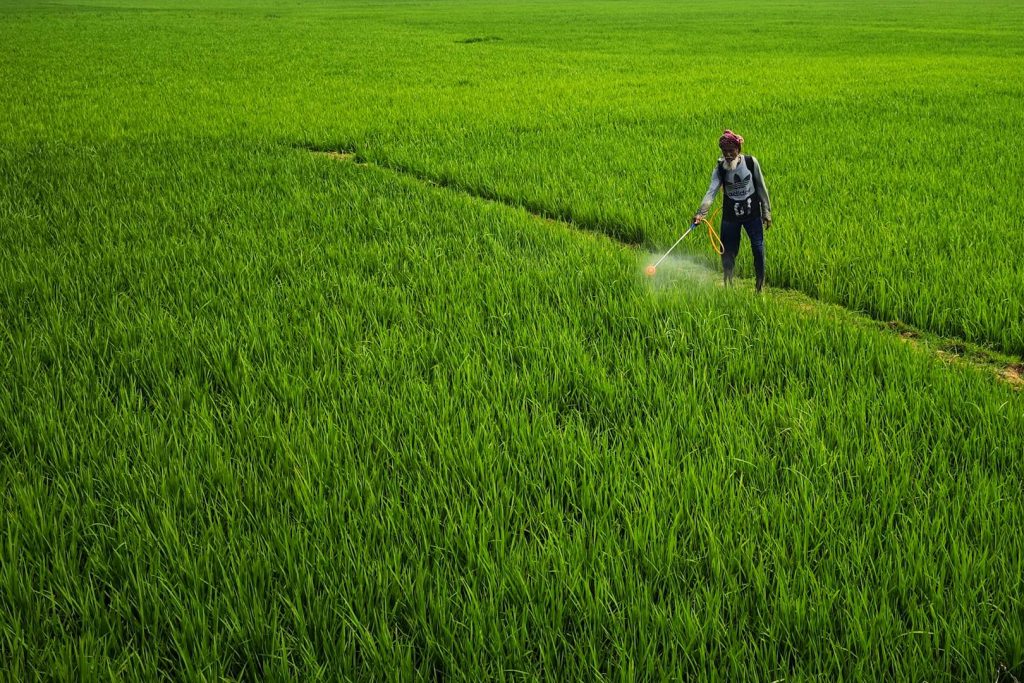
Organic farming is all about growing food without using synthetic chemicals. A big part of this is managing pests naturally. This helps crops grow healthy and safe to eat.
Natural Pest Control
Natural pest control is super important in organic farming. Farmers use a few clever tricks to keep pests away without chemicals.
Here are some methods they use:
-
Beneficial insects: Farmers introduce good bugs to eat the bad ones. For example, ladybugs eat aphids that harm plants.
-
Crop rotation: Changing the type of crops grown in a field each year makes it harder for pests to settle in.
-
Physical barriers: Using nets and row covers to keep pests away from the crops.
These methods help farmers grow crops that are both healthy and safe for us to eat. And the best part? They do it without harmful chemicals.
So next time you bite into a juicy organic apple, remember the hard work and smart strategies that go into keeping it pest-free.
Here is a table summarizing some natural pest control methods:
| Method | Description |
|---|---|
| Beneficial Insects | Insects that eat harmful pests |
| Crop Rotation | Changing crops to disrupt pest life cycles |
| Physical Barriers | Using nets and covers to keep pests away |
Natural pest control methods work well and are safe for the environment. They keep things balanced in nature.
Companion Planting
Ever heard of companion planting? It’s a cool trick for keeping pests away in organic farming.
Here’s how it works: You plant different crops together. Some plants can actually scare off pests that might harm their neighbors.
Take marigolds, for example. They give off a scent that pests like nematodes and aphids can’t stand.
Or think about basil. Plant it next to your tomatoes. It helps keep mosquitoes and flies away.
Some Effective Companion Plants:
-
Marigolds: Repel nematodes and aphids
-
Basil: Keeps mosquitoes and flies away
-
Chives: Repel aphids and Japanese beetles
-
Mint: Deters ants and cabbage moths
Companion planting creates a natural defense system. It cuts down on the need for pesticides. That means safer and healthier food.
So, both natural pest control and companion planting are key in organic farming. They help you grow strong, healthy crops without hurting the environment.
Fertilization Methods
today I want to chat about growing organic food. It’s all about using natural methods to keep the soil and plants happy. One big part of this is how we fertilize the soil. The goal? Give plants the nutrients they need without using synthetic chemicals.
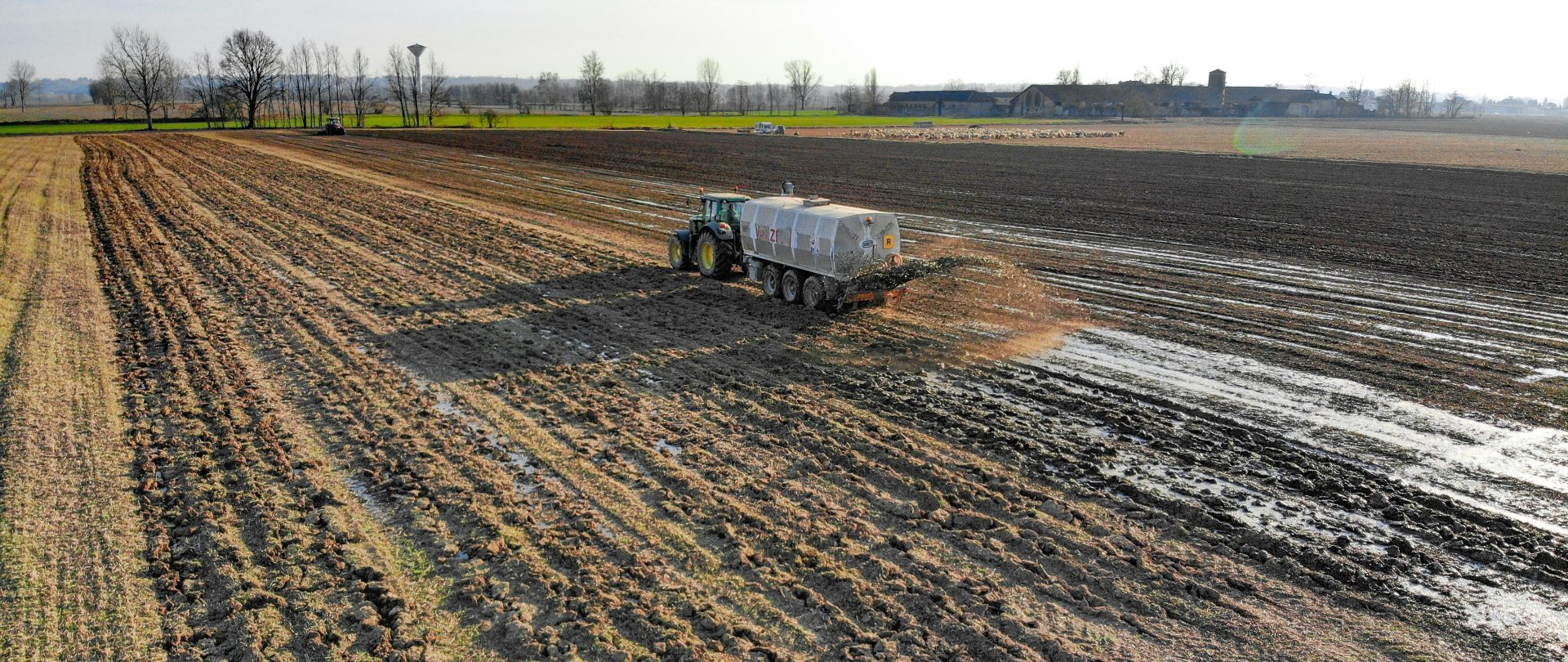
Organic Fertilizers
Organic fertilizers come from nature. They boost soil health, improve its structure, and give plants essential nutrients. Let’s look at some popular options:
-
Manure: Animal waste, like cow, horse, and chicken manure, is great. It adds nitrogen, phosphorus, and potassium to the soil.
-
Bone Meal: Made from ground animal bones. It’s rich in phosphorus and calcium, which helps roots grow strong.
-
Blood Meal: Dried animal blood. High in nitrogen, it promotes lush, green growth.
-
Fish Emulsion: Liquid fertilizer from fish waste. It has a balanced mix of nutrients and is easy to apply.
These organic fertilizers do more than just feed plants. They also improve the soil’s ability to hold water and nutrients. The benefit? Less risk of nutrient runoff and pollution.
Organic fertilizers not only feed plants but also improve the soil. They enhance the soil’s ability to retain water and nutrients. This reduces the risk of nutrient runoff and environmental pollution. The table below highlights the benefits of some common organic fertilizers:
| Fertilizer | Main Nutrients | Benefits |
|---|---|---|
| Manure | Nitrogen, Phosphorus, Potassium | Improves soil structure, increases microbial activity |
| Bone Meal | Phosphorus, Calcium | Enhances root development |
| Blood Meal | Nitrogen | Boosts leafy growth |
| Fish Emulsion | Balanced nutrients | Easy application, quick results |
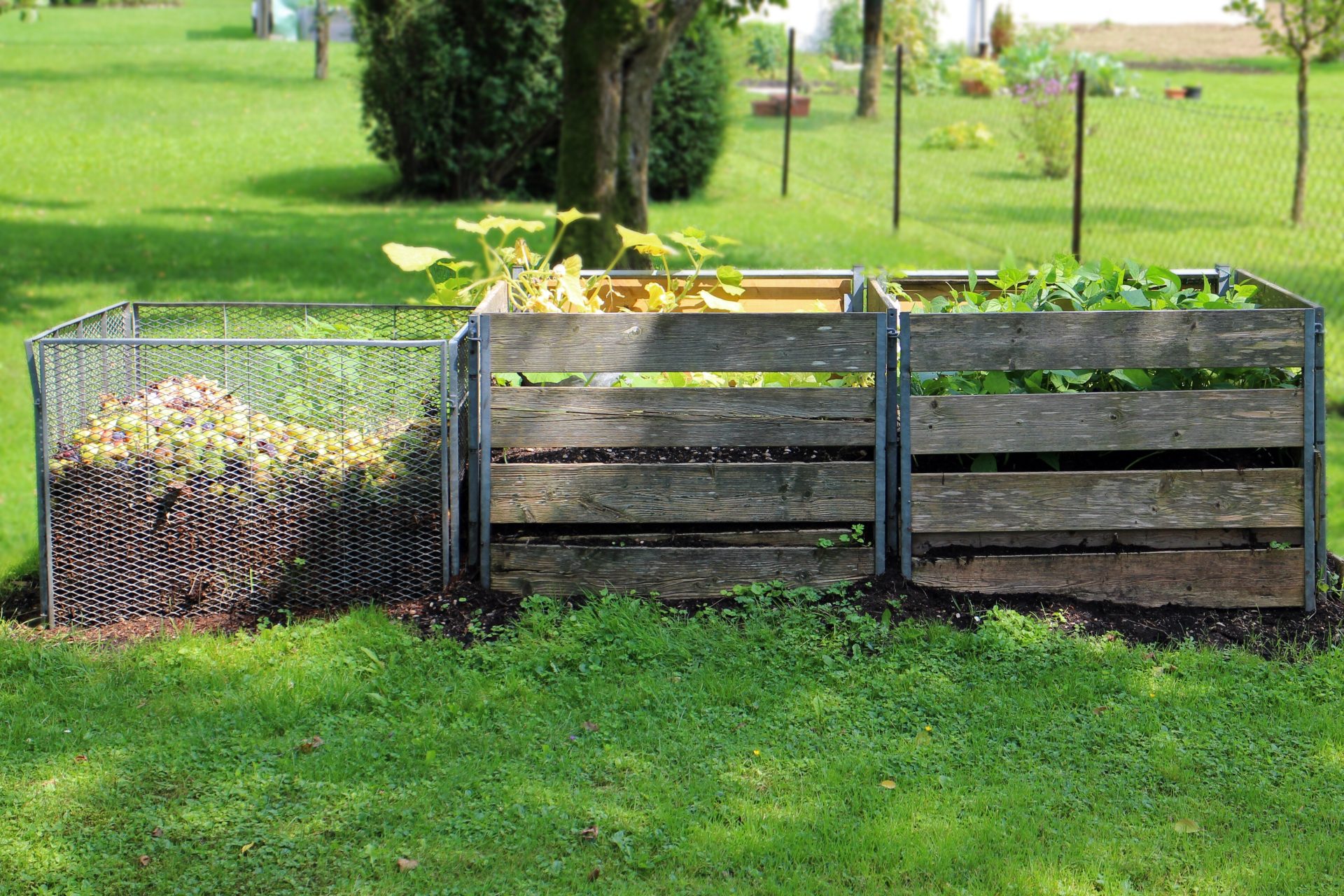
Composting Techniques
Composting is a great way to turn your kitchen scraps and yard waste into rich, fertile soil. It’s like nature’s way of recycling. Instead of throwing away those peels and leaves, you can turn them into something really useful.
Here’s how composting works: You take plant and animal waste and let tiny microbes break it down. Simple as that. And there are a few ways to do it:
-
Cold Composting: Just pile up your organic materials and let them decompose naturally. It takes time, but it’s super easy.
-
Hot Composting: Want it done faster? Turn the pile regularly to keep it hot. It speeds things up.
-
Vermicomposting: This one’s cool. You use earthworms to break down the waste. The result? Nutrient-rich worm castings.
-
Bokashi Composting: This method uses anaerobic fermentation. Basically, you ferment the waste in a sealed container with a special inoculant.
Why do I love composting? Because it makes my garden thrive. Every year, I see the difference it makes. My plants are healthier, and my veggies taste better. Try it out and see for yourself!
Composting enriches the soil by adding organic matter and beneficial microbes. It improves soil structure, increases water retention, and supplies essential nutrients. The table below summarizes the advantages of different composting techniques:
| Technique | Time to Complete | Benefits |
|---|---|---|
| Cold Composting | 6 months to 1 year | Low maintenance, easy to set up |
| Hot Composting | 1 to 3 months | Quick results, kills pathogens |
| Vermicomposting | 2 to 3 months | Produces high-quality compost, reduces waste |
| Bokashi Composting | 2 to 4 weeks | Minimal odor, quick process |
Water Management
Growing organic food isn’t just about avoiding chemicals. It also means paying close attention to how you water your plants. Why? Because the right amount of water helps your crops grow strong and healthy without causing harm to the environment.
Irrigation Techniques
Organic farmers use a few different methods to water their crops. These methods make sure the plants get enough water without wasting any. Here are some of the most common ones:
-
Drip Irrigation: This method delivers water straight to the plant roots. Think of it like a gentle shower. Tubes with tiny holes drip water slowly, reducing water loss due to evaporation.
-
Sprinkler Systems: Imagine a gentle rain. Sprinklers spray water over the crops and can cover large areas. It’s like bringing natural rainfall to your farm.
-
Soaker Hoses: These hoses have small holes along their length. Water seeps out slowly, soaking the soil. Great for garden beds and rows of plants.
When I started my own organic garden, I used drip irrigation. It was amazing to see how much healthier my plants looked compared to when I used a regular hose. Less water wasted, and happier plants.
The good news? You don’t need fancy equipment to get started. Even simple techniques can make a big difference. Give it a try and see how it works for your garden.
Each technique has its own benefits. Drip irrigation uses less water than sprinklers. Soaker hoses are easy to install and use. Choosing the right method depends on the crop type and field size.
| Irrigation Technique | Benefits |
|---|---|
| Drip Irrigation | Reduces evaporation, targets roots |
| Sprinkler Systems | Covers large areas, mimics rainfall |
| Soaker Hoses | Easy to use, good for garden beds |
Organic farmers often combine different methods. This ensures crops get enough water without wasting resources.
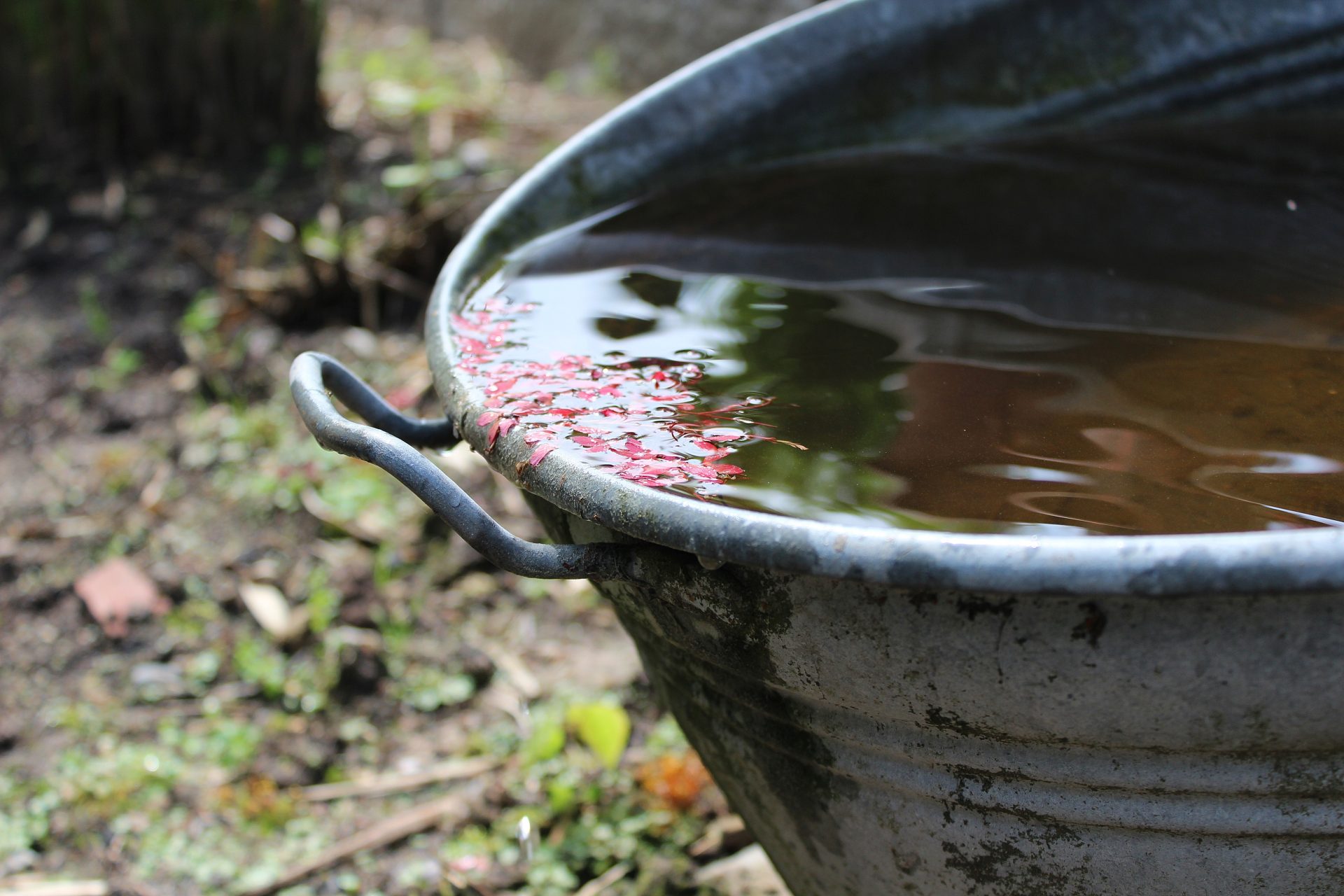
Rainwater Harvesting
Let’s talk about something important for farmers: rainwater harvesting. It’s a way to collect and store rainwater for later use. This method helps save water and reduces the need to use groundwater.
There are a few simple ways to do this:
-
Rooftop Collection: Farmers can install gutters on their rooftops. These gutters guide the rainwater into storage tanks. It’s easy and effective.
-
Ground Catchments: Create catchment areas on the ground. These spots capture and hold rainwater. Perfect for open fields.
-
Permeable Surfaces: Use surfaces that let water pass through. This helps the water soak into the ground and recharge the groundwater.
The benefits? Plenty.
-
Less reliance on treated water.
-
Helps during dry periods when water is scarce.
So, next time it rains, think about how you can make the most of that water. It’s simpler than you might think!
Here is a quick comparison of rainwater harvesting methods:
| Method | Advantages |
|---|---|
| Rooftop Collection | Easy to set up, effective |
| Ground Catchments | Suitable for large fields |
| Permeable Surfaces | Recharges groundwater |
Rainwater harvesting is a sustainable way to manage water. It supports organic farming and helps protect the environment.
Harvesting Practices
Growing organic food takes a lot of care. Farmers have to stick to strict rules to keep crops free from chemicals. One key part of this process? The way they harvest the crops. It’s a big deal for the quality and freshness of the food. Let’s break it down.
Timing The Harvest
Getting the timing right is super important in organic farming. Farmers need to pick their crops at just the right moment. Why? To get the best flavor and most nutrients. Here’s what they look out for:
-
Ripe but not overripe: They pick fruits and veggies when they’re just ripe. Overripe ones? They lose taste and nutrients.
-
Weather conditions: Harvesting in the right weather matters. Rain? It can cause mold. Extreme heat? It can harm the crops.
-
Early morning or late afternoon: These are the best times to harvest. Cooler temps help keep the produce fresh and reduce stress on the plants.
From my own experience visiting an organic farm, I saw farmers waking up at dawn to start harvesting. They told me it’s like catching a wave at the perfect moment—it’s all about timing.
Why does this matter to us? Because the way our food is harvested impacts how good it tastes and how healthy it is. Next time you bite into a juicy apple or a crisp carrot, remember: a lot of thought went into picking it at just the right time.
Different crops have different harvesting times. For example:
| Crop | Ideal Harvest Time |
|---|---|
| Tomatoes | When they are fully red but still firm |
| Lettuce | Before it bolts, while the leaves are tender |
| Apples | When they easily come off the tree with a slight twist |
Farmers rely a lot on their experience and keen eye. They look at the color, texture, and size of their crops. This helps them decide the best time to harvest and ensure high-quality produce.
Ways Farmers Harvest
Organic farmers have different ways to gather their crops. These methods help them avoid damage and keep the produce fresh. Here are some common ones:
-
Hand-picking: Best for delicate fruits and veggies. Workers pick each item carefully to avoid bruises.
-
Mechanical harvesting: Good for big fields. Machines help with crops like grains and beans. They are designed to be gentle to reduce damage.
-
Selective harvesting: Farmers pick only the ripe produce and leave the rest to ripen. This is useful for crops like strawberries that don’t ripen all at once.
Each method has its perks:
-
Hand-picking: Precise and less wasteful.
-
Mechanical harvesting: Efficient for large farms.
-
Selective harvesting: Continuous picking and better yield.
Cleanliness is also key during harvesting. Tools and containers need to be sanitized to avoid contamination. Proper handling and storage are crucial to keep the organic quality of the produce.
In a nutshell, harvesting in organic farming needs careful planning and action. The timing and methods used are vital to ensure fresh and nutritious organic food.
Post-harvest Handling
Let’s talk about organic food. It’s grown without synthetic chemicals. But how does it stay fresh from the farm to your table? The key is something called Post-Harvest Handling. This step is super important to keep that food fresh and packed with nutrients.
So, how do we handle food after it’s harvested? There are a few important steps, like storing it the right way and packing it carefully. Let’s break it down.
Storage Solutions
Storing organic food properly is a must. It keeps the food fresh and safe. Here are the main things to consider:
-
Temperature Control: Use refrigerators or cool storage rooms for items that need to stay cold.
-
Humidity Control: Use humidifiers or moisture barriers to keep the right humidity levels. For example, leafy greens need high humidity, but root veggies like it cooler.
-
Ventilation: Make sure there’s good airflow. This helps prevent mold and spoilage.
Think about it like this: Storing food is like keeping your favorite clothes. You wouldn’t throw your winter coat in a hot attic, right? The same goes for food. Different foods need different conditions.
Got it? Great! Now your organic food can stay fresh and tasty from the moment it’s harvested until it lands on your plate.
Using the right storage solutions can help cut down on food waste. Plus, it ensures you get the best quality organic produce. Proper storage is super important after harvesting.
Packaging For Organic Products
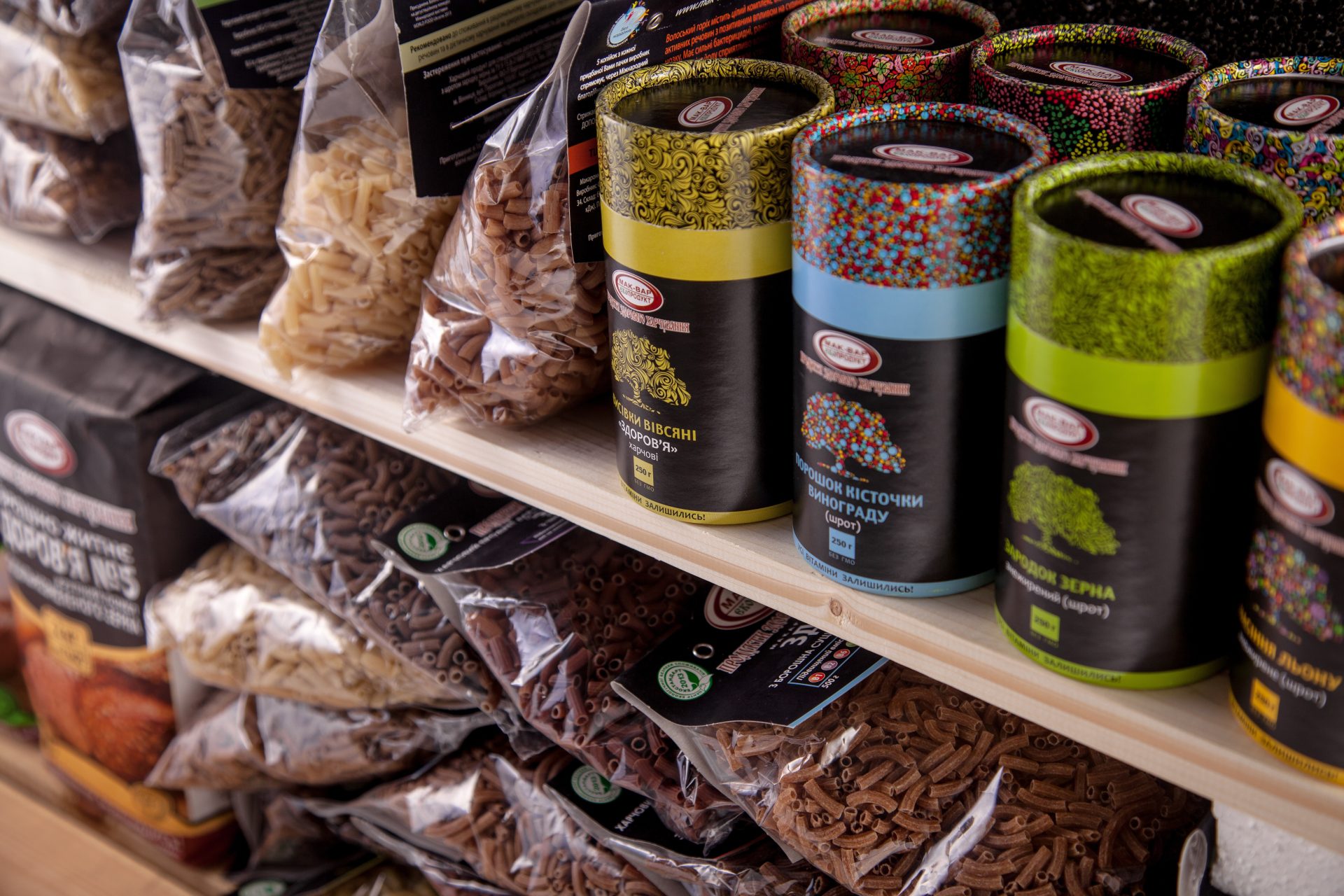
Packaging is a big deal when it comes to keeping organic food safe. It should be eco-friendly and sustainable. Many organic farmers use materials that can break down or be recycled. This fits with the ideas behind organic farming.
Here are some common packaging materials used for organic products:
-
Biodegradable Plastics: Made from natural stuff like corn starch.
-
Recyclable Paper: Used for wrapping or boxing produce.
-
Glass Containers: Great for liquids and preserves.
Packaging also includes labels. These labels should tell you exactly what’s in the product. They need to show the organic certification, where it came from, and its nutritional facts. Clear and honest labels make people trust the product more.
Here’s what you should include on organic product packaging:
-
Organic Certification: Proves the product meets organic standards.
-
Origin Information: Shows where the product was grown.
-
Nutritional Facts: Gives details about the health benefits.
-
Storage Instructions: Tells consumers how to keep the product fresh.
Good packaging does more than protect the product. It also tells people why it’s valuable. And it’s a key part of handling produce after it’s harvested.
Below is a table showing ideal storage conditions for common organic produce:
| Produce | Temperature | Humidity |
|---|---|---|
| Leafy Greens | 32°F – 36°F | 95% – 100% |
| Root Vegetables | 32°F – 40°F | 90% – 95% |
| Fruits | 32°F – 36°F | 85% – 90% |
Using the right storage solutions helps in minimizing food waste. It also ensures that consumers receive the highest quality organic produce. Proper storage is a critical step in the post-harvest handling process.
Certification Process
You know, the kind that’s grown without synthetic chemicals. Farmers follow strict rules to keep it genuinely organic. A big part of this is the certification process. This process checks that the food meets all the organic standards. So, let’s break down the requirements and benefits of getting organic certification.
Requirements for Organic Certification
To get certified, farmers have to stick to some specific rules. Here are the main ones:
-
Soil Management: Use natural fertilizers and compost.
-
Pest Control: Only natural methods like beneficial insects or organic pesticides.
-
Crop Rotation: Rotate crops to keep soil healthy and reduce pests and diseases.
-
Non-GMO Seeds: Use only seeds that aren’t genetically modified.
-
Buffer Zones: Create spaces to prevent contamination from non-organic farms.
These rules make sure the food stays free from harmful chemicals. The certification process goes like this:
-
Application: Farmers send in an application with detailed info about their farming methods.
-
Inspection: An inspector visits the farm to check if it follows organic standards.
-
Review: The certifying body looks over the inspection report and decides.
-
Certification: If approved, the farm gets certified and has to renew it every year.
This process ensures that consumers can trust the organic label on their food.
Benefits of Certification
Getting certified offers a lot of perks for both farmers and consumers:
-
Consumer Trust: Certification tells buyers the food is truly organic.
-
Market Access: Certified products can be sold in special markets, often at better prices.
-
Environmental Impact: Organic farming supports biodiversity and cuts down on pollution.
-
Health Benefits: Organic foods don’t have synthetic chemicals, so they’re healthier to eat.
Also, certified farms often get extra support and resources from certifying bodies. This helps them improve their methods. And certification opens doors for exports. Many countries have strict rules for importing organic products. Certified farms can access these international markets.
So, there you have it. Organic certification is more than just a label. It’s a guarantee that the food you eat is grown with care for your health and the environment.
Here is a table summarizing some key benefits:
| Benefit | Description |
|---|---|
| Consumer Trust | Ensures food is genuinely organic |
| Market Access | Entry into specialized markets with higher prices |
| Environmental Impact | Promotes biodiversity and reduces pollution |
| Health Benefits | Free from synthetic chemicals |
In summary, organic certification is a valuable tool. It helps maintain the integrity of organic food. It provides numerous benefits to both farmers and consumers.
Market Trends
Organic food is getting more popular these days. People are curious about how it’s grown. The market is changing, with more folks choosing organic options. Why? Mainly because they’re worried about health and the environment. Let’s dive into these trends.
Consumer Demand
People are really asking for organic food now. They want food without chemicals and pesticides. This interest comes from different groups:
- Health-conscious individuals
- Parents looking for safer foods for their kids
- Environmental advocates
These groups are willing to pay extra for organic produce. Why? Because they believe it’s healthier and safer. Each year, sales of organic food go up. Supermarkets have special sections just for organic items. Farmers’ markets are also seeing more customers looking for organic products. More farms are getting certified as organic to meet this demand. The organic label helps assure people about the quality of the product.
Statistics show this rise in demand:
| Year | Organic Food Sales (in billion USD) |
|---|---|
| 2015 | 39.7 |
| 2016 | 43.3 |
| 2017 | 47.9 |
| 2018 | 52.5 |
| 2019 | 55.1 |
The table above shows a clear upward trend. Consumer preferences are shifting rapidly. Organic food is not just a trend but a growing movement.
Price Comparisons
Ever wondered why organic food is usually pricier than regular food? Let’s break it down.
There are a few reasons:
- Higher production costs: Organic farming often means more expensive farming techniques.
- More labor: It takes more hands-on work to grow organic crops.
- Smaller scale: Organic farms are usually smaller, so they don’t produce as much.
The result? Higher prices.
But despite these costs, many people still choose organic. Why? Because they believe it’s healthier and better for the environment. And honestly, who wouldn’t want that?
Let’s talk about the price difference between organic and non-organic food. It’s pretty clear. Organic products can be almost twice as expensive.
But why do people still buy them? Simple. They see it as an investment in their health. Plus, they like the idea of supporting sustainable farming.
So, what can we learn from comparing prices? A few things:
- Organic food has a loyal following, even with higher costs.
- The market for organic products is growing.
- This growth is driven by health-conscious consumers.
Here’s a personal example. Last week, I decided to switch to organic vegetables. Yes, they cost more, but I felt better knowing I was making a healthier choice for my family.
The bottom line? People are willing to pay more for quality and health benefits. And that’s why the organic food market keeps expanding.
Let’s compare prices of common organic and conventional products:
| Product | Conventional Price (per lb) | Organic Price (per lb) |
|---|---|---|
| Apples | $1.50 | $2.50 |
| Carrots | $1.00 | $1.80 |
| Chicken | $3.00 | $5.50 |
| Milk (gallon) | $3.50 | $6.00 |
Future Of Organic Farming
Organic farming is changing how we grow our food. It’s all about natural processes and cycles. And guess what? The future looks bright.
New techniques and sustainable practices are making a big difference. Let’s check out what’s happening.
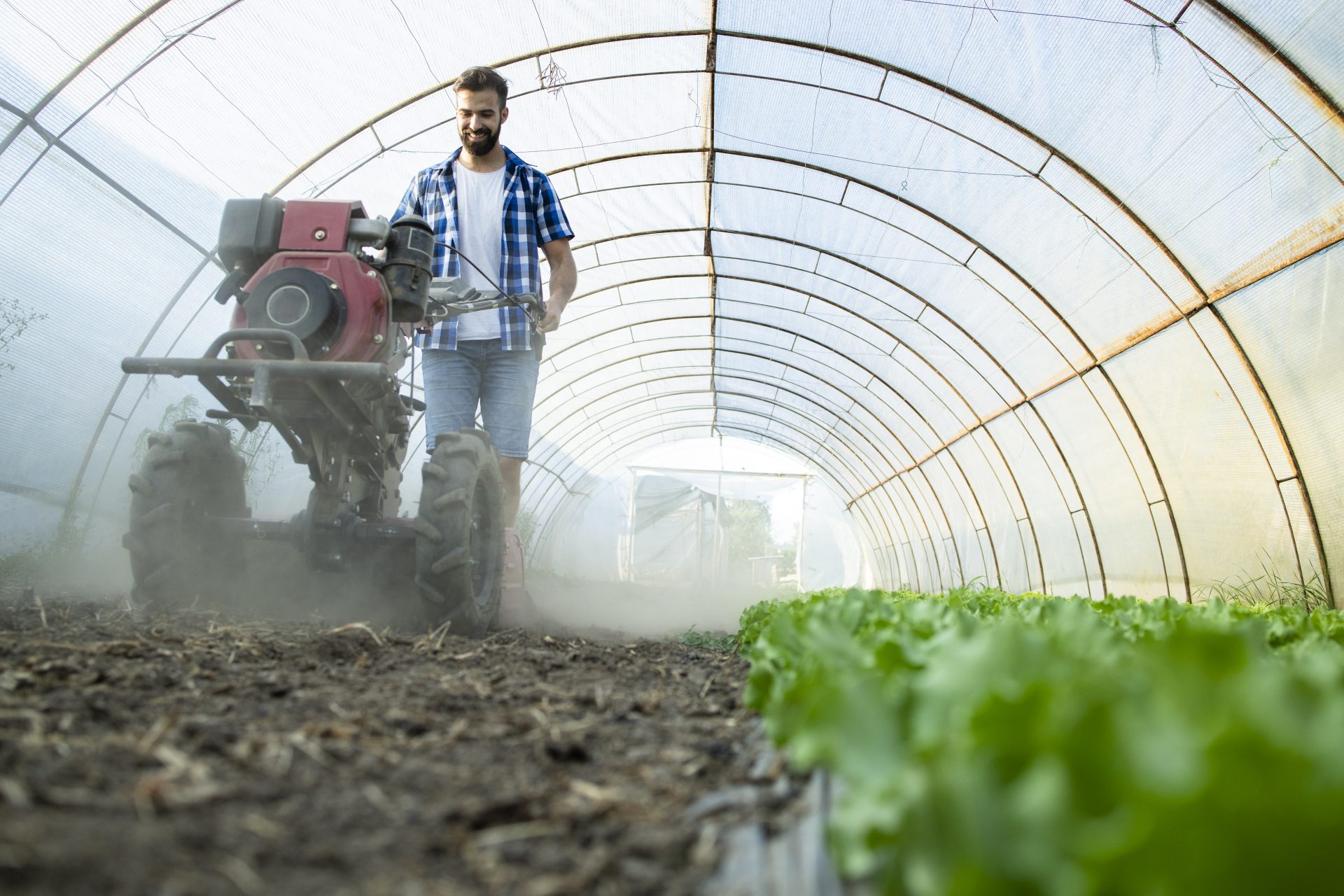
Innovations In Techniques
There are some cool new ways to farm organically. Technology is a big help here. For example, farmers are using drones to keep an eye on their crops. They can spot pests and diseases in no time.
Soil health is super important in organic farming. New methods like cover cropping are key. Cover crops do two things:
-
Stop soil erosion
-
Add nutrients back to the soil
Farmers plant these crops between their main crops.
Another great technique is companion planting. This is when you grow plants together that help each other out. Here are some examples:
-
Basil with tomatoes – Basil keeps bugs away from tomatoes.
-
Carrots with onions – Onions scare off carrot flies.
-
Corn with beans – Beans add nitrogen to the soil, which helps corn grow better.
Biological pest control is also catching on. Farmers use natural predators like ladybugs to control pests. This way, they don’t need to use chemical pesticides.
And then there’s vertical farming. Farmers grow crops in stacked layers. This saves space and water. Perfect for cities where land is limited.
The future of organic farming is looking up. With these new techniques and a focus on sustainability, we’re in for some exciting times. Let’s keep an eye on these developments and see where they take us.
Here’s a summary table of these innovations:
| Technique | Benefit |
|---|---|
| Drones | Monitor crops for pests and diseases |
| Cover cropping | Improve soil health and fertility |
| Companion planting | Enhance plant growth and pest control |
| Biological pest control | Reduce chemical pesticide use |
| Vertical farming | Save space and water |
Sustainability Practices
Let’s talk about something super important in organic farming: sustainability. It’s all about protecting our environment while growing food. Here are some key practices farmers use:
-
Crop Rotation: Changing the type of crops grown in a field each season. This keeps the soil healthy and helps fight off pests.
-
Avoiding Synthetic Chemicals: Instead of using harsh chemicals, farmers use natural fertilizers like compost and manure. These enrich the soil without causing harm.
-
Water Conservation: Using drip irrigation systems to deliver water straight to the plant roots. This method saves water and reduces evaporation.
-
Renewable Energy: Solar panels and wind turbines power the farming equipment. This helps reduce the farm’s carbon footprint.
-
Agroforestry: Integrating trees and shrubs into farming systems. Trees provide shade, reduce wind erosion, and improve soil health. Plus, they offer homes for wildlife.
Here’s a little story from my experience. I visited an organic farm last summer. The farmer showed me their drip irrigation system. It was fascinating to see how little water they used. They even had solar panels powering their barn! It made me realize how these practices make a big difference.
The good news? These methods are simple yet effective. They keep our planet healthy while ensuring we have fresh, nutritious food. So next time you’re at the farmers’ market, think about the hard work and care that goes into those organic veggies. Pretty cool, right?
Here’s a summary of these sustainability practices:
| Practice | Benefit |
|---|---|
| Crop rotation | Prevent soil depletion and reduce pests |
| Natural fertilizers | Enrich soil without harming the ecosystem |
| Water conservation | Use less water and reduce evaporation |
| Renewable energy | Reduce carbon footprint |
| Agroforestry | Improve soil health and provide wildlife habitats |
Frequently Asked Questions
What Is Organic Food?
Organic food is grown naturally. No synthetic chemicals, pesticides, or GMOs.
How Are Organic Crops Fertilized?
Organic farmers use natural stuff. Think compost and manure to make the soil better.
What Pest Control Methods Do Organic Farmers Use?
They use nature to fight pests. Things like:
- Natural predators
- Crop rotation
- Organic-approved insecticides
Is Organic Farming Sustainable?
Yes, it is. It helps keep the soil healthy and supports biodiversity. Plus, it’s better for the environment.
Are Organic Foods Healthier?
Often, yes. They usually have more nutrients and fewer pesticides. So, they’re a healthier choice.
What Standards Must Organic Foods Meet?
Organic foods have to meet strict rules. For example, USDA Organic makes sure they’re truly organic.
Conclusion
Organic farming is all about being sustainable and healthy. No synthetic pesticides or fertilizers. Cleaner produce. When you choose organic, you’re helping the environment and supporting biodiversity. Knowing how organic food is grown can help you make better choices. So, go ahead, pick organic for a healthier life and a greener planet.

